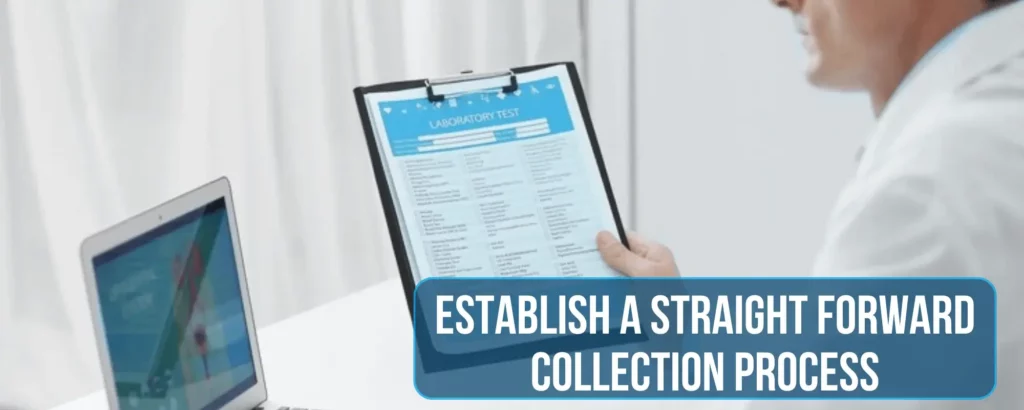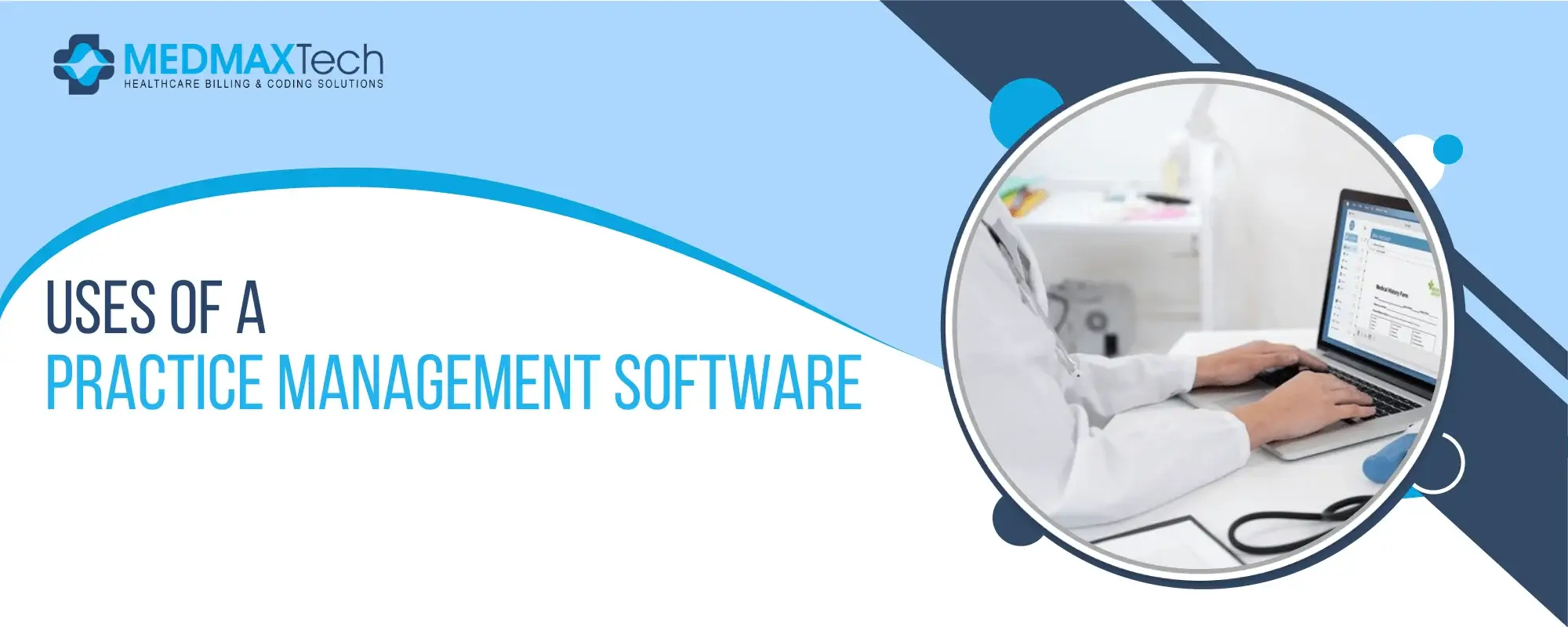
Medical Billing And Collection Tips From The Pro
There may be many medical practices in your area, but not all are successful. Why? Don’t they have an effective strategy? Or maybe the right medical billing company?
The success of any practice facility depends not only on the competence of its providers but also on the efficiency of its medical billing company. If your health practice facility isn’t a well-oiled machine, you won’t be able to help your providers deliver the best patient outcomes.
One of the numerous essential aspects of practice is that every healthcare facility should prioritize medical billing and coding services. The operational capacity of any health care facility or course, large or small, depends on your ability to generate revenue efficiently. After all, it is a business, and no business can survive when earnings streams are confusing or unpredictable in the revenue cycle.
Fortunately, you can take many proactive steps to optimize your healthcare revenue cycle management channels and billing practices. Here are five tips to reduce your collection time and improve your business.
And get paid faster and improve your medical practice more with Medmax!
Although the data paints a grim picture of the industry’s financial health, there is hope for medical professionals. Medical practices take a more proactive approach to their services procedure to mitigate economic issues and practice compliance risks.
Here are some crucial steps your practice can take to be more proactive in billing procedures:
All providers need a collection process to ensure the financial health of their practice. Establishing a step-by-step approach clarifies procedures for all parties involved and can significantly improve revenue cycles by providing patients are correctly and fully informed of their responsibilities.
Any collection process should involve a few steps:
- Establish Clear Terms:
Inform patients of what is expected of them in terms of patient billing. Include text about their responsibility to pay as part of the new patient’s paperwork and regularly remind them of their obligations, mainly when changes occur. Thus, they cannot invoke ignorance as a reason for delinquency. This can be especially difficult for studies with less time between patients and professionals, such as radiology studies, because it leaves more room for patient misunderstandings.
- Collect Patient Information:
Collect as much patient information as possible, including address, phone number, email, work location, etc. Be sure to ask for a photo ID on a patient’s first visit – this is essential if a bill needs to be sent to any collection agency.
- Address Verification for Medical Billing Services:
Regularly checks patients to ensure that they have not changed their address or contact details. It’s essential to know how to reach patients to avoid wasting time and money sending mail to wrong addresses or calling outdated numbers.
- Remind Patients of the Co-Payment:
When talking to patients about patient billing, remind them of the co-payment and its importance. Make sure staff are trained on this so they can answer any questions a patient might have.
2. Train your Staff to Master Medical Billing services
Knowledge, mentorship, and practice are your best allies in the fight against lost revenue. Once you are fully aware of your invoicing process, you need to share this information with your medical billing company staff and help them become invoicing experts as well.
A large proportion of late payments, especially denied claims, are due to avoidable errors in billing procedures. Having well-trained reception staff ensures that patients’ insurance policies are correctly verified, the correct co-payments are calculated, and claims are processed to insurers with all valid medical codes.
3. Analyze Your Key Performance Indicators
When looking at revenue streams and overall financial performance, some healthcare organizations only consider broader data, such as total payments or the number of claims refused through patient billing.
However, an actively working and knowledgeable administrative team can do much more when reviewing their business operations. A deeper analysis of billing key performance indicators (KPIs) will help you drive a more robust revenue management cycle (RMC) that supports steady growth.
4. Minimize Coding Errors
Medical coders describe the procedures performed using standardized codes in a statement, making it easier to decipher and process the messages. These codes can use the ICD10CM, CPT, and HCPCS Level II classification systems.
Although this is a standard way to describe procedures, errors can still occur. Clearinghouses often catch the most common mistakes, such as incorrect codes or missing codes. However, some common minor error mistakes are more difficult to detect.
5. Dealing with Denied or Dismissed Complaints Promptly
To discuss this topic in detail. It is essential to establish the differences between a denied claim submission complaint and a dismissed complaint.
A not processed complaint occurs due to the discovery of one or more errors. It prevents the insurance company from paying the bill as written. On the other hand, a denied claim is a claim that the insurance company processed. Due to an uncovered violation of the paying patient’s contract or a vital error found after processing was unpaid.
In either case, the payer will return the claim submission complaint to the biller with an explanation of the problem. A much more expensive and time-consuming process is to resubmit a denied application which you can change and resubmit. Checking for errors in a claim can minimize the occurrence of disclaimers and denials, but if they do occur. Be sure to address them as quickly as possible. Keep in touch with a payer representative. They can help clarify issues with the initial request and provide information on pending requests as they are processed. This can help speed up the application modification process and minimize appeal and resubmission times.
Final Words!
Get in touch with Med Max and receive a free consultation today!
Medical billing and coding services can be challenging to understand, but the time and effort you put in will pay off in the future.
Although there are numerous things, you can do on your own to create a more organized and efficient billing process. Your overall income is still largely dependent on your payer’s contracts. Managing your contracts and negotiating better rates are essential if you want to succeed and grow as a business. This is where Med Max comes in.











